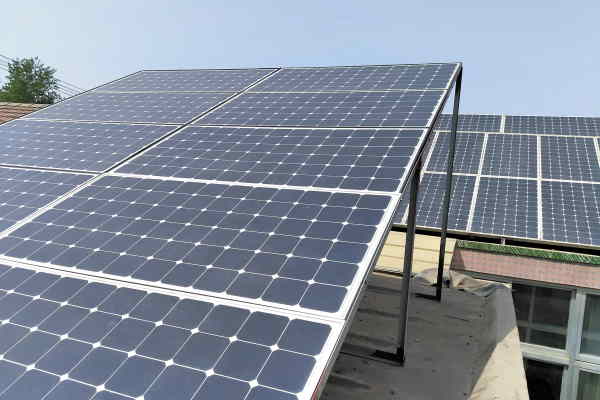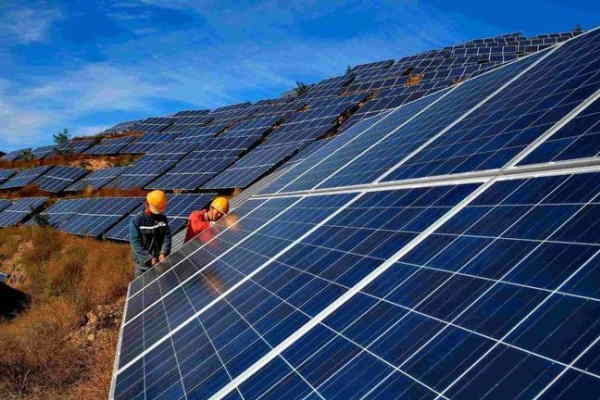What is a Solar Photovoltaic Panel?
Photovoltaic solar panels, also known as PV panels, are devices that convert sunlight into electricity. These panels are an important part of the growing renewable energy industry, as they provide a clean and sustainable source of electricity that can be used to power homes, businesses, and other buildings.

Types of PV Panels
There are several different types of PV panels available, each of which is suited to different applications and environments. The most common types of PV panels include monocrystalline, polycrystalline, and thin-film.
Monocrystalline PV panels are made using a single, pure crystal of silicon. These panels are highly efficient at converting sunlight into electricity, making them a popular choice for residential and commercial PV systems. However, they are also the most expensive type of PV panel, which can make them less attractive to cost-conscious consumers.
Polycrystalline PV panels, on the other hand, are made using multiple silicon crystals that are fused together. These panels are less efficient than monocrystalline panels but are also less expensive, making them a popular choice for large-scale PV systems.
Thin-film PV panels are made using a layer of photovoltaic material that is applied to a substrate, such as glass or plastic. These panels are the least efficient type of PV panel but are also the most flexible and lightweight, making them a popular choice for portable PV systems and building-integrated PV systems.
In addition to their different types, PV panels are also available in a range of sizes and power outputs. The size and power output of a PV panel is determined by the number of photovoltaic cells it contains, with larger panels and panels with more cells typically producing more electricity.

Application of Solar Photovoltaic Panels
PV panels are used in a variety of applications, including residential and commercial PV systems, large-scale PV systems, and portable PV systems.
Residential and commercial PV systems are typically installed on the rooftops of homes and buildings, where they are exposed to direct sunlight. These systems can range in size from small, standalone PV panels to large, grid-connected PV systems that produce enough electricity to power an entire building.
Large-scale PV systems are typically installed in open, sunny areas, such as fields or deserts. These systems can be composed of hundreds or even thousands of PV panels, and are often used to produce electricity for the grid.
Portable PV systems are designed to be easily transported and deployed, making them a popular choice for applications where access to electricity is limited or difficult. These systems can be as small as a single PV panel or as large as a trailer-mounted array of PV panels, and are often used in remote locations or during disaster relief efforts.
Despite their many benefits, there are also some potential drawbacks to the use of PV panels. One of the main concerns is the cost of these devices. PV panels are often expensive, which can make them less attractive to cost-conscious consumers. However, the long-term savings on electricity bills and the potential for government incentives and rebates can make PV panels a worthwhile investment.
Another potential issue with PV panels is their environmental impact. The materials used in the production of these panels, as well as the chemicals used to coat them, can have negative effects on the environment if they are not properly disposed of.
Overall, photovoltaic solar panels are an important part of the growing renewable energy industry. Their ability to generate electricity from sunlight without the use of fossil fuels or other pollutants makes them a valuable tool in the fight against climate change. While there are some potential drawbacks to their use, the benefits of PV panels often outweigh any potential drawbacks.
